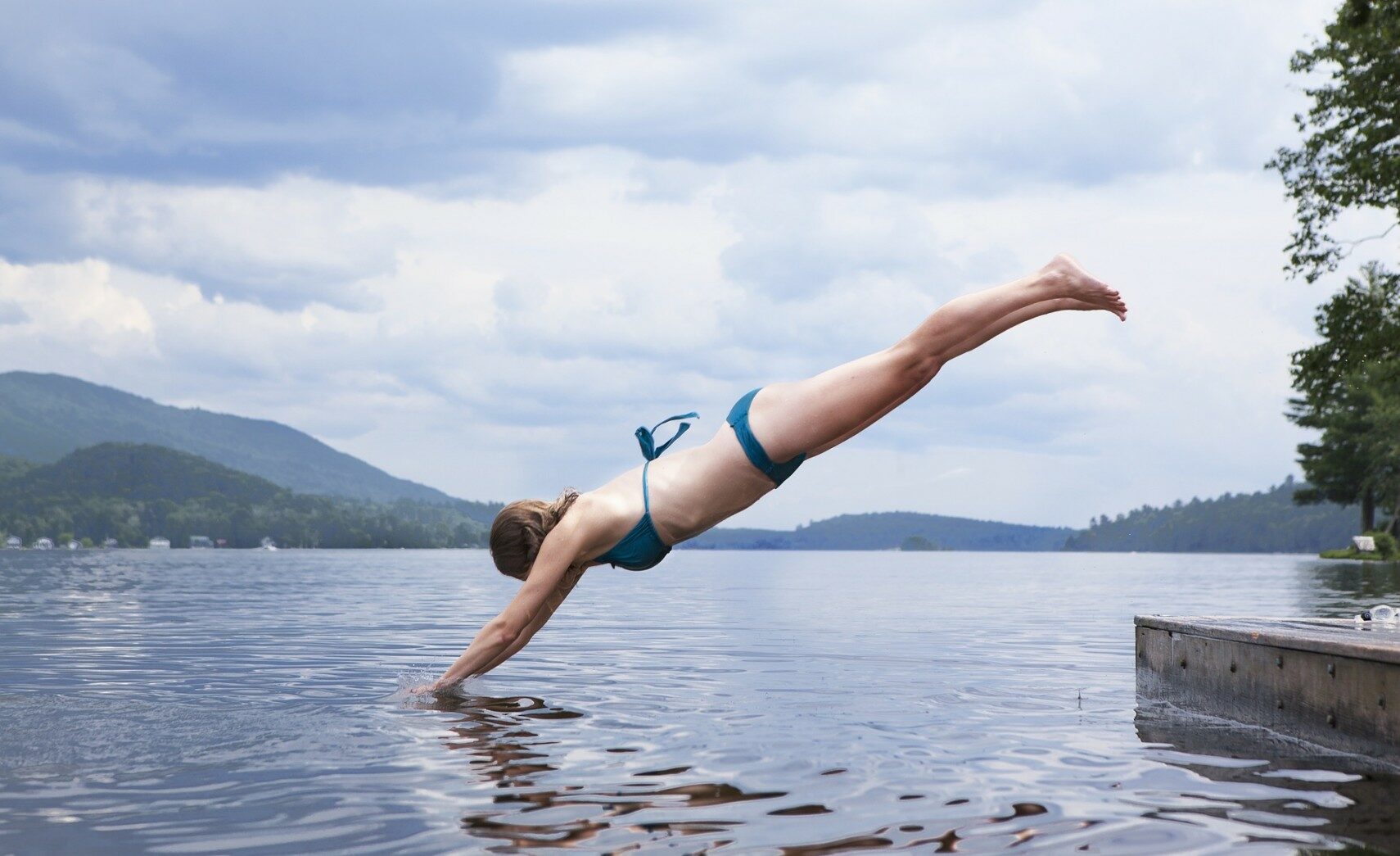There’s been a lot of hype about the benefits of cold thermogenesis (15-20 minute soaks in very cold water) for physical and mental performance. The touted benefits of this practice include increased fat burning1, improved adrenal function2, enhanced immune function3, improved deep sleep4, and reduced inflammation5. Plus, you get to cultivate mental toughness by willing yourself to get into that freezing water!
But, if you take a closer look at these studies, you’ll discover that the experimental populations are… men. And hamsters. Or, in the case of two studies, gender was not controlled.
However, one study6 does examine gender-specific cold responses and found crucial differences between male and female participants:
- Women’s peripheral temperatures were colder than the men’s, though internal temps were the same for both.
- Metabolic heat production and shivering were greater in men.
- This means, that the male body is better at warming itself up and, in so doing, increases metabolism and burns brown adipose tissue, AKA “brown fat.” Women just get (and stay) cold!
- Men also exhibited larger changes in neuroendocrine and immune responses. So again, this means that men (not women) experience improved adrenal function and immunity in response to cold exposure.
These findings were confirmed in several subsequent studies with one new finding:
“Cold stress adversely affected memory performance in men but not in women.”7
So, ladies, feel confident that you can remember your to-do list as you freeze, while your male counterparts are cognitively useless but successfully burning fat and reaping immune and anti-inflammatory benefits.
One final study8 found that brown adipose tissue (also called BAT, the fat that’s burned during cold thermogenesis) in women may be involved in the regulation of stem cell differentiation in bones. Women with BAT had higher total-body bone mineral density and higher T₃, a necessary sex hormone. So, even if cold thermogenesis were effective at burning BAT in women, it isn’t necessarily a good thing to drastically reduce your BAT levels!
Quite frankly, the research looking at gender differences in cold-response is sparse, and I’m hesitant to conclude that cold thermogenesis has zero health benefits for all women all the time (because, come on, when is a sweeping claim like that ever right?) But I am confident saying that women need to think more carefully about their cold exposure than men, and err on the side of caution.
It’s worth discussing the potential pros and cons of cold thermogenesis for your individual health needs with a healthcare practitioner. One option I’d recommend, if you’re willing to veer from the mainstream path, is to consult with a practitioner of Traditional Chinese Medicine (TCM). For centuries TCM therapy has considered the cooling and warming effects of foods on a person’s yin and yang. Yin energy is responsible for cooling/moistening bodily functions, while yang energy controls warming/activating functions. According to TCM, every individual has a different constitution of yin and yang and the goal of TCM therapy is to balance these warming and cooling energies. For example, when Tawnee saw an acupuncturist to balance her hormones and promote fertility, she was told that her yang was deficient so she needed to consume more warming foods and stay away from an excess of cold things—whether that was cold ocean swims or cold drinks or even wearing sandals on a cold day when extremities may get too cold. In her situation, cold thermogenesis didn’t necessarily align with her health goals; however, that’s not to say cold exposure couldn’t help a woman with different circumstances.
So, ladies, before hopping in a freezing shower, consider that the science is questionable when it comes to cold thermogenesis’s health benefits for women. Be mindful of how your body responds and consider consulting with a TCM or other health practitioner to make sure you’re supporting your unique body’s needs.
References
1. Metabolism. 2009 Apr;58(4):552-9. doi: 10.1016/j.metabol.2008.11.017.
2. Ross Fiziol Zh Im I M Sechenova. 2015 Feb;101(2):145-62.
3. J Appl Physiol (1985). 1999 Aug;87(2):699-710.
4. Obes Rev. 2011 Mar;12(3):167-88. doi: 10.1111/j.1467-789X.2010.00756.x.
5. Free Radic Biol Med. 1994 Mar;16(3):299-305.
6. Cryobiology. 2014 Aug;69(1):26-33. doi: 10.1016/j.cryobiol.2014.04.015. Epub 2014 May 6.
7. Cryo Letters. 2015 Mar-Apr;36(2):120-7.
8. J Clin Endocrinol Metab. 2012 Apr;97(4):E584-90. doi: 10.1210/jc.2011-2246. Epub 2012 Jan 18.
—Samantha Morse

